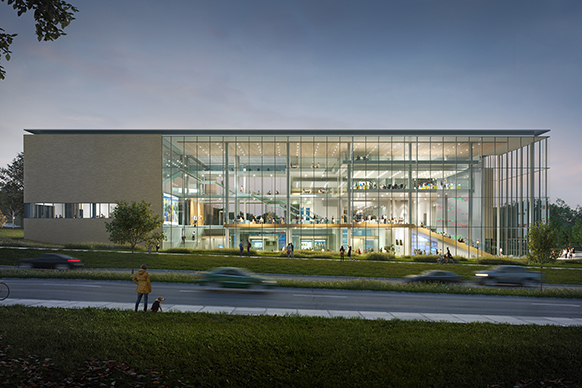
Welcome to our Minneapolis studio
We are the Bold North. We call the tallest building on the Minneapolis skyline home. Our self-organizing studio is our playground for innovation – designed as a living laboratory and playful work in progress, it is a constantly evolving maker-space where we test new ideas for our clients, and fluidly share work across our diverse disciplines and practices.
Our entrepreneurial studio is fueled by curiosity, possibility, and making the world a better place. We geek out on research, data, and metrics to help get us there. We are no stranger to asking questions, taking risks, and experimentation; we have collectively incubated ideas that have transformed into industry-changing standards, policies, master plans, environments, and buildings that are creating a more resilient, equitable, and sustainable future.

—Anne Smith, Corporate Interiors Practice Leader


—David Lyon, Project Architect

—Jill Vowels, Senior Project Architect





























Socialize with Minneapolis